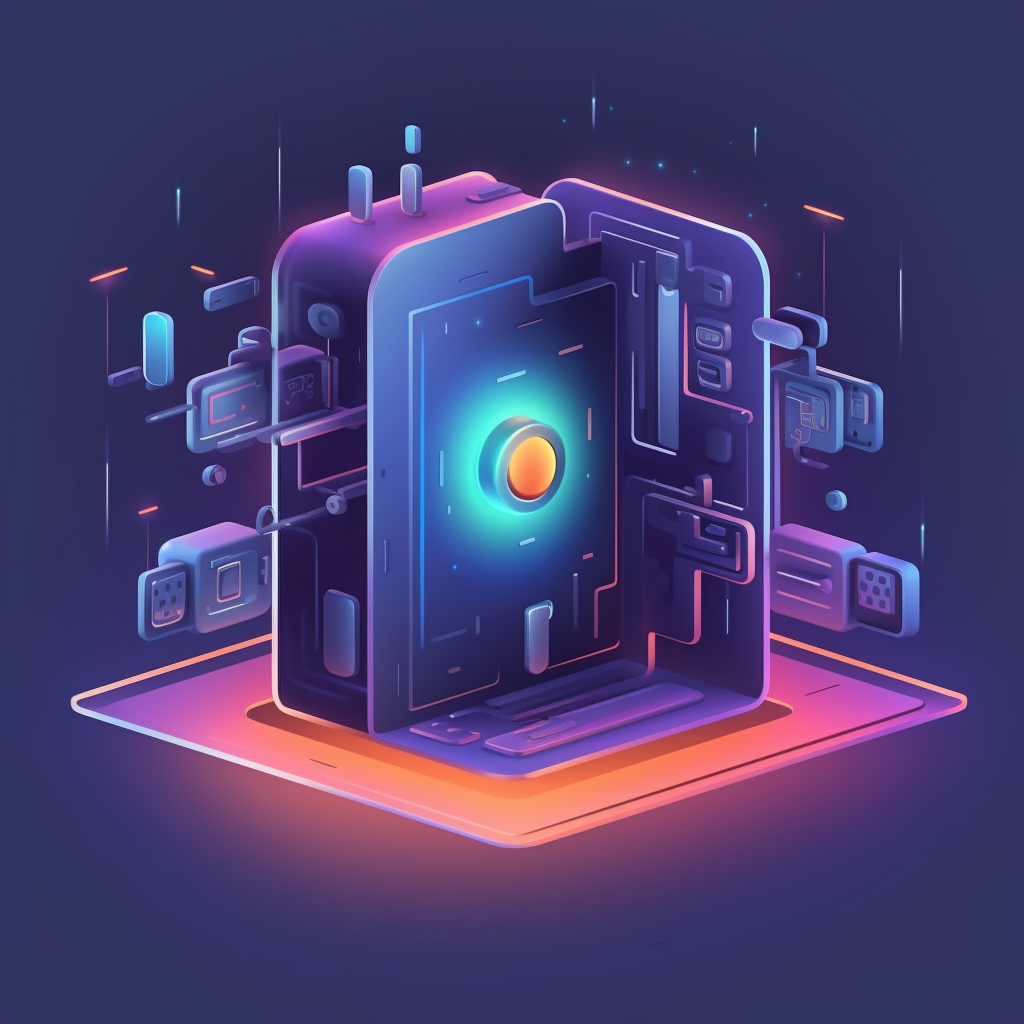
The demand for real-time applications - those that can respond immediately to user interactions and data updates - is on the rise. From live chat systems to real-time analytics, instant data communication can significantly enhance the user experience. Socket.IO is a leading technology in this space, providing real-time, bidirectional, event-based communication capabilities. This article explores how Socket.IO bridges the communication gap and facilitates the development of real-time applications.
Understanding Socket.IO
Socket.IO is a JavaScript library that enables real-time, bidirectional, and event-based communication between the browser and the server. It works on every platform, browser, or device and focuses equally on reliability and speed.
Key Features of Socket.IO
1. Real-Time Bidirectional Communication
Socket.IO allows data to be sent and received in real-time between the client and the server. This means your server can push updates to clients instantly as they happen, without the client needing to request new data.
2. Event-Based Communication
With Socket.IO, communication is event-based. This means you can emit events with any name you want, and send and receive any data structures supported by JSON.
3. Auto Reconnection Support
Socket.IO automatically manages reconnection. If a client loses connection, Socket.IO will keep trying to reconnect.
4. Multiplexing Support
Socket.IO supports multiplexing, which allows you to create separate communication channels (namespaces) on the same physical connection.
Building Real-Time Applications with Socket.IO
Socket.IO’s robust feature set makes it an excellent choice for various real-time applications. Here are a few examples:
1. Real-Time Chat
One of the most common uses of Socket.IO is building real-time chat applications. With its event-based communication and auto reconnection features, creating a chat application is straightforward.
2. Real-Time Analytics
You can leverage Socket.IO to develop a real-time analytics dashboard. The server can push updates as they happen, allowing users to view up-to-date metrics without refreshing the page.
3. Collaborative Tools
Socket.IO is also ideal for creating real-time collaborative tools, such as a document editing system where multiple users can edit the same document concurrently.
4. Real-Time Games
Socket.IO’s real-time, bidirectional communication capabilities make it great for developing multiplayer games where the state needs to be synchronized in real-time among all players.
Conclusion
Socket.IO has established itself as a powerful tool for developing real-time applications. By offering real-time, bidirectional, and event-based communication, it has effectively bridged the communication gap in web development. Whether you’re building a chat app, a real-time analytics dashboard, a collaborative tool, or a real-time game, Socket.IO offers a robust and reliable solution for your real-time communication needs.